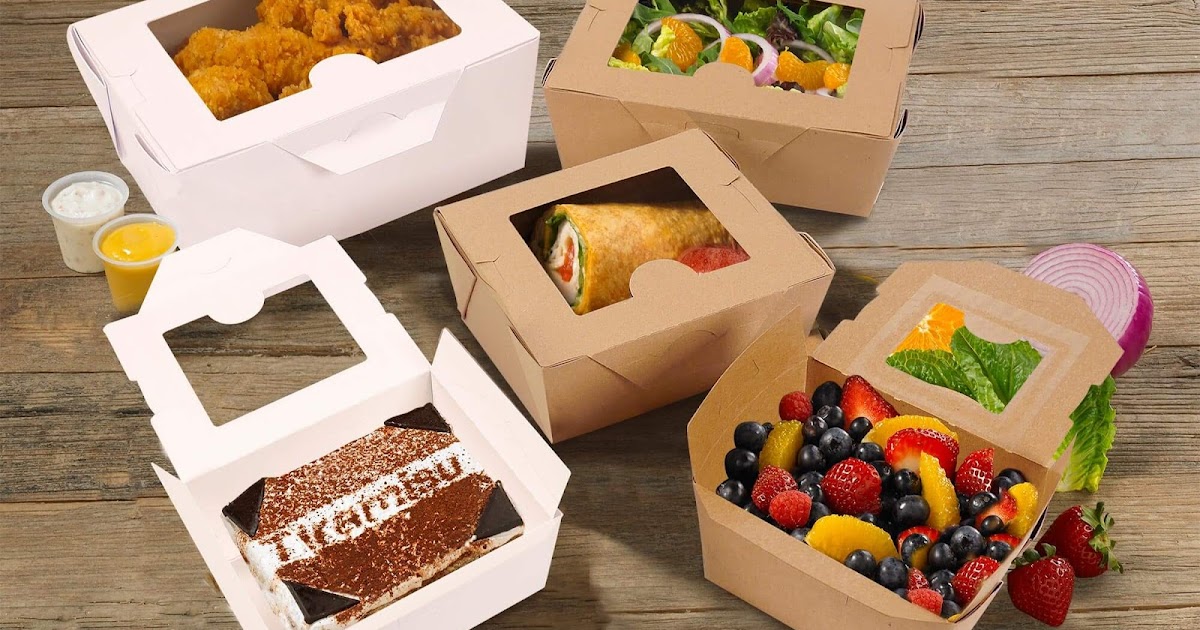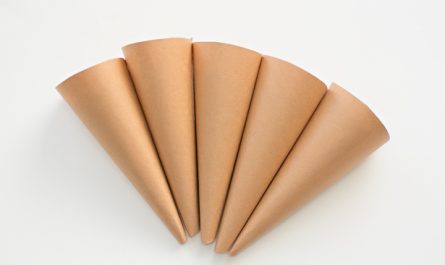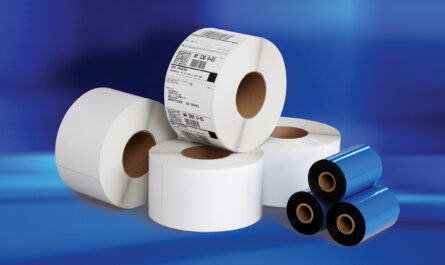Introduction
Retort packaging is the process of heating pre-packaged food in containers sealed with aminimal headspace to kill microorganisms that cause food spoilage in order to extend shelf life without refrigeration. The food is first packed into a flexible pouch or rigid container made of laminated films, pouches or other high-barrier materials capable of withstanding high temperatures without breaking or decomposing. The packaged food is then sterilized by heating it to temperatures between 115°C to 135°C for a specified time depending on the product being packaged. This retort process allows the packaged product to be safely distributed and stored without refrigeration until opened.
Evolution of retort packaging
The concept of retort packaging evolved from canning in the later half of the 20th century as an alternative to the traditional metal cans. The impetus was the need for alternative packaging solutions that were more economical, environment friendly and could withstand higher processing temperatures required for longer shelf life. The early retort pouches made of cast polypropylene or polyethylene were rigid and heavier. Over time, development of laminated film structures and lightweight rigid containers enabled the manufacture of flexible retort packaging with heat resistance, barrier properties and convertibility for automated filling and sealing lines. This paved way for retort packaging to emerge as a commercially viable alternative to metal cans.
Key advantages of retort packaging
Retort packaging offers distinct advantages compared to metal cans that have enabled its widespread adoption globally across food categories. Some of the key benefits are:
– Lightweight and portable: Retort pouches and containers are much lighter than equivalent metal cans resulting in lower transportation costs. This makes retort packaging an attractive solution for export/import of foods.
– Downgauging potential: Advances in retort film structures have allowed significant reduction in materials used without compromising performance. This lowers raw material costs and carbon footprint.
– Shelf stability: Retort sterilization provides commercial sterility by destroying even heat resistant microorganisms. This enables 24 months+ shelf life at room temperature without refrigeration.
– Aseptic filling: Retort packaging lends itself well to automation with ability to fill & seal aseptically on high speed lines attaining production efficiencies.
– Format versatility: Retort films can be fashioned into versatile formats like stand up pouches, gable top cartons catering to diverse requirements.
– Consumer appeal: Transparent packaging offering shelf appeal and branding opportunities compared to metal cans resonates well with consumers.
Wide usage categories served by retort packaging
Leveraging the unique value proposition, retort packaging has found widespread usage across various food and beverage categories globally. Some of the major market segments where retort flexible packaging dominates includes:
– Seafood: Products like shrimp, crab, salmon that require high heat processing lend themselves especially well for retort packaging format.
– Meals: Complete vegetarian, non-vegetarian meals, soups etc are increasingly getting packaged in retort pouches for MREs, institutional markets etc.
– Fruits: Tropical fruits like pineapples that need thermal processing for shelf stability use retort packaging.
– Sauces: Ketchup, mayonnaise, pasta sauces etc widely offer retort packaging variants.
– Pet foods: Both dry and wet pet foods utilize the extended shelf life capability of retort packaging.
– Coffee: Instant coffee, coffee creamers etc take advantage of barrier and format properties of retort films.
The versatility, logistical and shelf life advantages have ensured retort packaging caters to diverse product applications across markets globally.
Outlook and future opportunities
The retort packaging industry is projected to grow steadily supported by the rapidly expanding ready to eat and convenience food domains. Key factors that are likely to drive future growth include:
– Growth in organized retailing and e-commerce: Modern trade proliferation especially in developing markets increases retort packaging demand for processed foods with long ambient shelf life.
– Rise of single serving RTE meals: On the go consumption trends and need for portion control drives single serve retort pouch formats.
– Raw material innovations: New barrier films, aseptic adhesives extend functionality. Nanocoatings enhance shelf life without toxicity concerns.
– Automation and smart packaging: IoT, on package diagnostics facilitate intelligent monitoring of product quality preservation during distribution.
– Sustainability focus: Retort being lightweight supports brand messaging around reduced environmental impact and commitments towards circular economy.
However, further reducing material costs through innovative downgauging initiatives and addressing barrier property related performance gaps will be crucial for retort packaging to continue flourishing as the sustainable packaging alternative.
To summarize, retort packaging revolutionized food processing and distribution by offering an eco-friendly and economical alternative to metal cans. Its ability to enable extended shelf stability at ambient temperatures has resulted in widespread usage across numerous product categories globally. Continuous development towards enhancing functionality and competitiveness coupled with the powerful value drivers of growth in urbanization and RTE segments are likely to ensure retort packaging sustains its growth trajectory in the packaging industry.
*Note:
1. Source: Coherent Market Insights, Public sources, Desk research
2. We have leveraged AI tools to mine information and compile it



